
Sick and tired of having your guard and your ego smashed?
The Toreando..
… or Toreada…
… or Buchecha shuffle…
… is one of the most utilized guard passing styles in BJJ today.
In this article, we’re going to break down the Toreando and reveal 5 separate, yet equally devastating strategies helping you to stop it dead in its tracks…
… making you a better guard player…
… the most hated person in your gym…
…. And…
…GUARANTEED to triple your sex appeal (This is not a guarantee)
But, before we delve into these 5 killer strategies for defending the Toreando pass, you must first understand…
3 Cardinal Sins You Have to Avoid
Cardinal Sin #1. Ignoring The Grip Game
The very first, and possibly most deadly, sin you can commit is to ignore the importance of establishing grips.
The second you find yourself without grips against a standing opponent, especially a GOOD standing opponent, your first objective should always be to find and establish strong appropriate grips…
Trying to regain your guard in this gripless situation is like floating around in space: one day hoping you’ll land on earth…
To be honest…
… I don’t like your chances there, playboy.
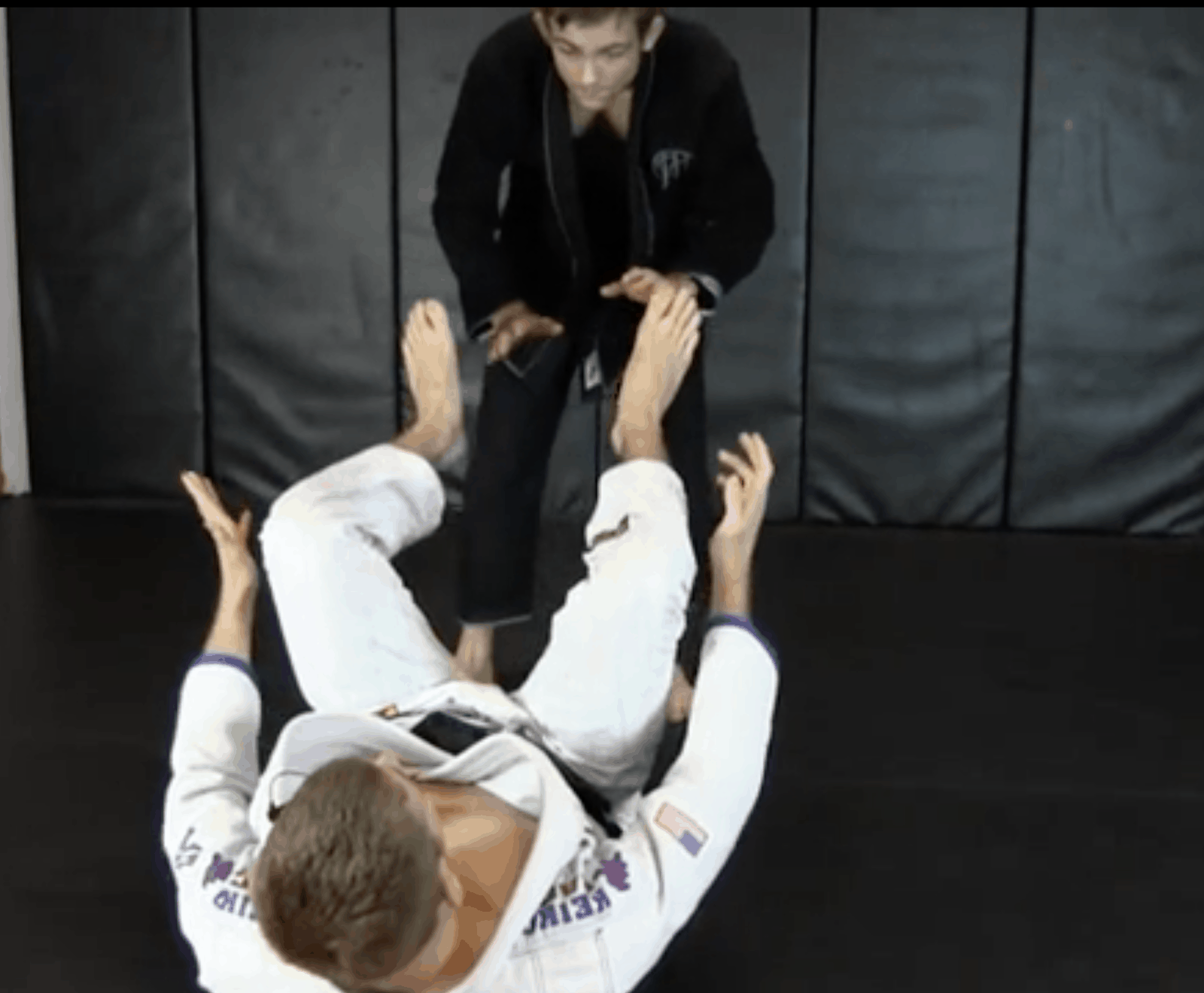

Cardinal Sin #2. Relying on framing on your opponent’s hips
Look, frames are good…
… in fact, frames are great, some of my best friends are frames.
However, in situations like this, putting too much faith into a frame on your opponent’s hip can prove costly for your guard.
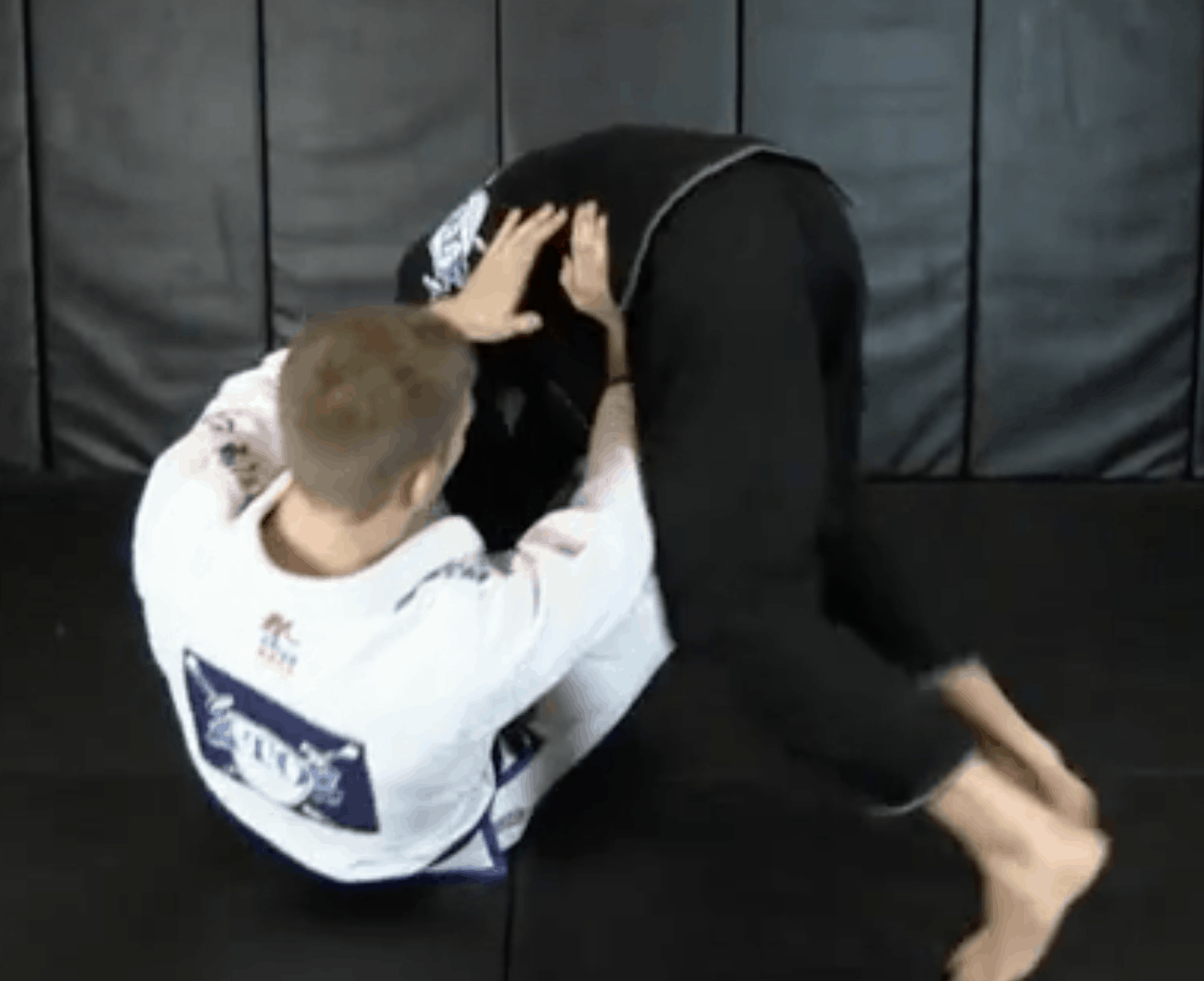
As we can see here, Keenan opts for a double frame against his opponent’s hip.
In this situation, Keenan’s ‘frame’ is concentrated at one point of a turning body and instead of forming a block, as we would hope, it creates a pivot point for his opponent to circle around…
Not only that, Keenan’s overly outstretched posts are weak ones. Meaning, the more his opponent circles, the more the structural support of his posts will be compromised…
… in English: his arms will bend…
Eventually, his opponent will drop their hip and close the chest to chest distance necessary to complete the pass.
Cardinal Sin #3. Placing Your Palms On Your Opponent’s Hips
This is a lesson many have learned the hard way…
Webster’s Dictionary defines a joint as…
“The point of contact between elements of an animal skeleton with the parts that surround and support it”
While Snoop Dogg defines a joint as…
“Breakfast”
… for the purpose of our lesson today, we’ll stick with Webster’s definition and get our science on.

Here, we have an illustration of the normal range of extension in a healthy wrist…
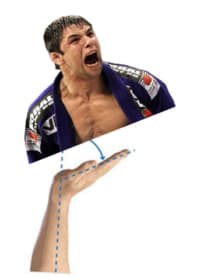
Here, we have that same wrist attempting to play the role of immovable object against an unstoppable force, measured at 100 Almeidas².
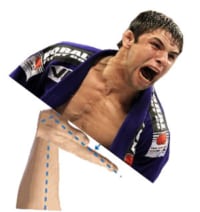
As the unstoppable force meets the immovable object at its weakest point, we see a truly catastrophic turn of events unfolding.
For those of you without a degree in physics, let’s look at this concept in the terms of Jiu Jitsu.
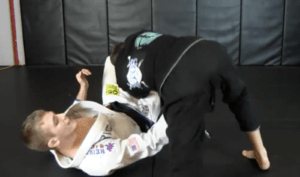
If you attempt to support the brunt of your opponent’s weight and momentum relying on nothing but the end range of your wrist extension…
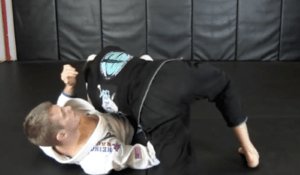
… your wrist will soon become mashed potato.
You have been warned.
Ok, now that all the Don’ts of defending against the Toreando are out of the way, let’s take a look at the DOs…
5 Strategies For Defending the Toreando
1. The Old Stiff Arm
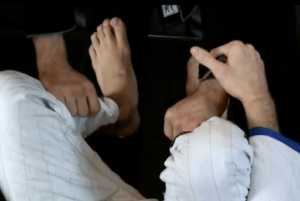
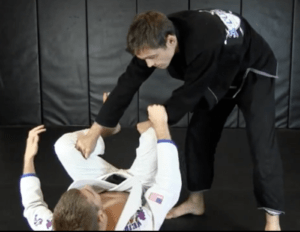
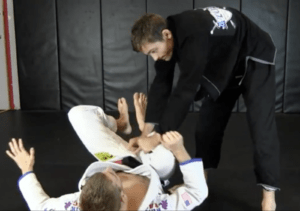
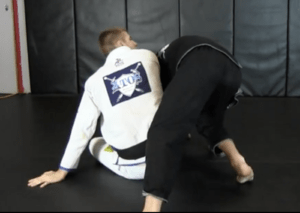
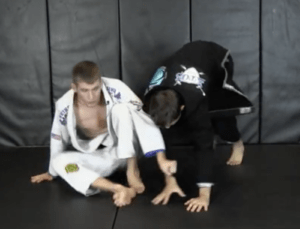
2. Knee Frame to Technical Stand Up
In this technique, you have either the option to regain your guard or take a standing position over your opponent.
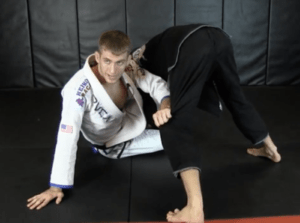
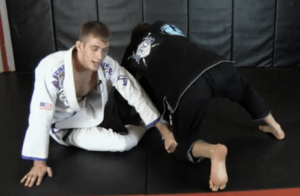
As they get stretched out, you now have the option to either retain your guard or stand up.
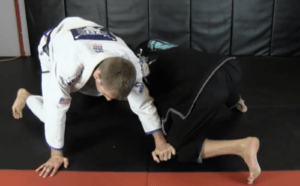
3. Faux Wrestler’s Switch
Rewinding back to your butt scooting action in the last technique…
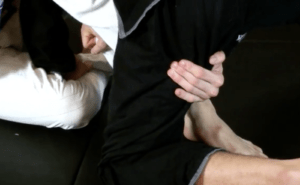

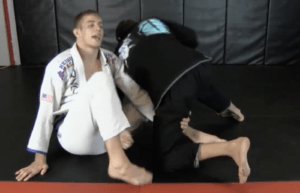
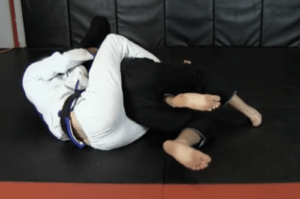
4. Worm Guard
It wouldn’t be an article on Keenan Online if we didn’t mention the little beauty of guard innovation known as…
… the Worm Guard.
The Worm Guard is possibly one of the most destructive forces against any top player utilising the Toreando pass.
The complicated weaving of the lapel over your leg and under your opponent’s provides more than just a mind-bending Rubicks cube-esque puzzle for your opponent to unravel…
… it also provides multidimensional control.
Let’s take a look at this multidimensional control in the photo below…
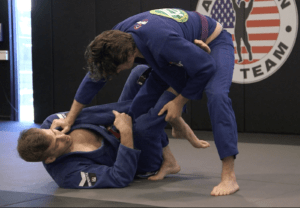
But the real secret to defending the Toreando? Well, that lies in the securing of YOUR LEG to THEIR HIP…
Anyone reading this who has an older sibling will know the frustration associated with the image below…
Well, this is pretty much how the Worm Guard, specifically, your leg fastened in a position between you and your opponent, acts to defend the Toreando.
Any attempt at WILD alternating lateral movements by your opponent will be futile.
No matter how fast they are, no matter how strong they are, no matter how #everydayporrada they are; your opponent will never be able to compelete the pass until they figure out how to remove your leg from the tangled spaghetti that is their lapel…

Ok, so we’ve looked at the fundamentals of the Worm Guard, let’s take a look now at the Worm Guard’s evil twin…
The…
5. Squid Guard
Just like the Worm Guard, the Squid Guard’s potential to become any Toreando passer’s worst nightmare lies in its fundamental grip and the ability to control your opponent in multidimensional planes of movement.
Below you can see the Squid Guard grip from a bird’s eye view…
Any attempts to advance or retreat by your opponent are controlled via the lapel behind the hamstring/knee area and the hand grip on the lapel respectively.

The lapel also solidifies control over your opponent’s posture, as it weaves around and under their leg pulling their shoulders downward.
However, just like the Worm, the Squid’s power of defence against the Toreando is the securing of your leg to your opponent’s hip via the lapel.
For a more detailed explanation of the Squid Guard and how it can be used as a dreamkiller, make sure you read this.
So, Which Defence is Best for You?
To be honest, whichever way you decide to defend the Toreando is up to you and your preference.
And whether or not you’d like to continue playing guard, or use your defence as an opportunity to turn the tables and play your top game, at least now you have some solid options to do so.
However, being that you’re here reading a blog on Keenan Online, you no doubt have a penchant for the old guard game…
… specifically…
… the Lapel Guard.
And if your fancies were tickled here, learning how the fundamental grips of the Worm Guard and Squid Guard can be used to kill the Toreando – DEAD…
… you’ll be happy to know, Keenan has something for you…
… something BIG!
If you’d like to learn more about shutting down sadistic guard passers, then check out the LAPEL ENCYCLOPEDIA!
Simply sign up to our newsletter by entering your details into the box below and we’ll send you 3 FREE videos from the Lapel Encyclpdediaover the next 3 days!
Trust me…
… y’gonna love it.
